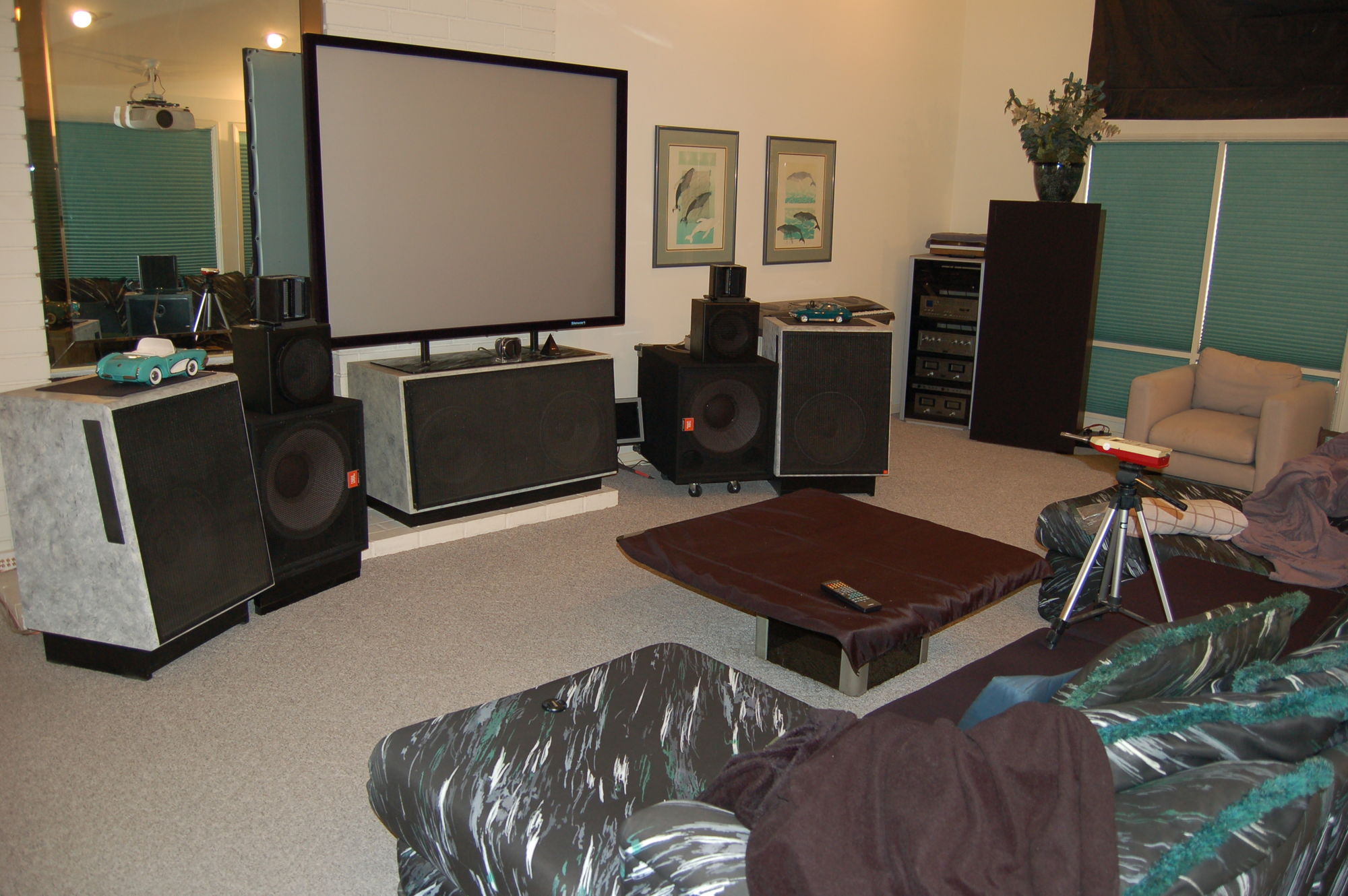Hello Everyone, Since Kenjit mentioned me, I thought that I'd clarify his comments:
I often get a pm from others asking for help and EVERYTIME until Kenji I have helped others. Kenji contacted me asking for help with his speaker design. While asking for my help, He quoted designers, telling me "how it is and how I must design his speaker"...He was convinced that only Linkwitz Riley design could achieve a proper summed response. I explained that in his case, I would not be using Linkwitz Riley base design, but in the end would end up with Linkwitz Riley Alignment. He argued until, I said forget it, do your own.... I had designed a near perfect anachoic flat response and told him that we needed a starting point and a flat response is it.... He accused me of not listening to him and didn't understand that a flat response is the starting point and we could tune from there. He had not at that point did he reveal what type of customization that he wanted .. I asked and found that he wanted a very specific frequency curve.. I did some basic work and again sent him info of how to achieve the frequency curve that he was trying to produce. He then proceeded to tell me that he has been burnt before from someone else and really had no trust for anything that I would do, but wanted me to dive in deep to prove to him that I could achieve a very specific frequency curve that he wanted to achieve. .... What he wanted was not crazy difficult. I actually did the basic design, but still needed FRD and IMP to give him completely accurate info. He told me again that because of his history and mistrust for me that he may not ever even build what I sent him because crossovers can be expensive. I told him that he had no trust for me, no respect for my time and no trust. I would not move forward..... I told him to provide me frd and imp files and I would consider knocking this out for him... He did not send them and I was not going to waste any more time on Kenji.
Now you see his response to me in this thread.
Have fun with Kenjit.....
Phase really is time, if drivers are out of phase with each other, frequencies are leaving the drivers at different times, thus effecting time alignment. I hope this all makes sense and helps in some way. Tim
No you are just confusing the issue even more. Phase and time are two different things. time cohesion implies phase cohesion but not vice versa. So not equivalent at all. Time coherence between two drivers is about aligning the start of the waves coming out of each driver. You can have phase aligned yet time non aligned.
Phase and time in speakers is very related, that is why I said in a sense... If you are out of phase, normal time alignment procedures will not time align.
On speaker design what we align is the portion of each driver where the sound is emitted, which is normally, aligning the front of each voice coil. This allows all drivers sound to reach the ear at the same time. .... drivers can be staggered or sloped.
This is also nonsense. 90% of speakers are not sloped or staggered and nobody is complaining. Time alignement has never been proven to be beneficial let alone audible it is only for marketing.
It isn't nonsense at all.... I've never said that you cannot have a musically satisfying speaker without absolute time alignment... I was only commenting on how to achieve the objective being discussed, by the way, it is beneficial and audible.
I am very disappointed in you Tim. Was waiting for your custom tuned circuits and they never materialized.
Actually Kenji, the disappointment is mine. You have disrespected me at every turn while asking for my help.... It doesn't sit well to have a Master Speaker tuner and Master Audiophile that is so uncapable of doing his own work to come to me with no humbleness and then post this publicly....
~Master Kenjit, speaker tuner and master audiophile.


